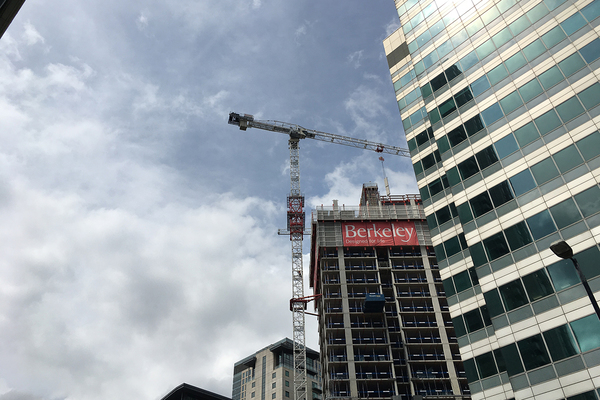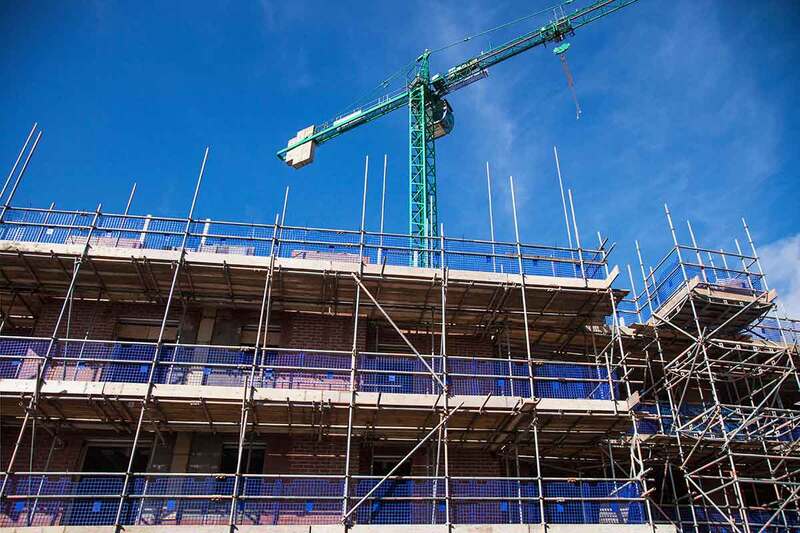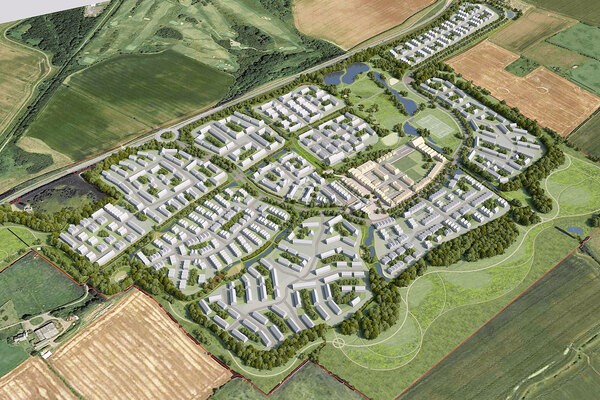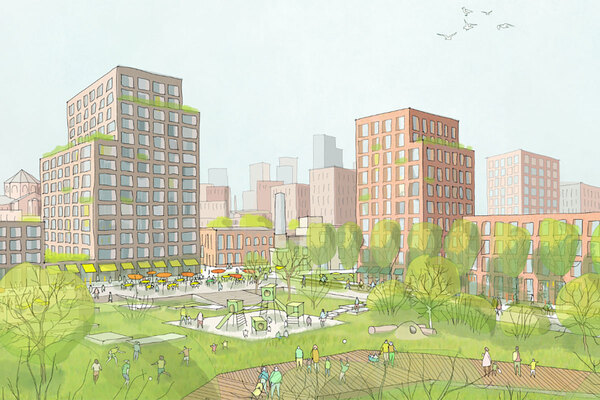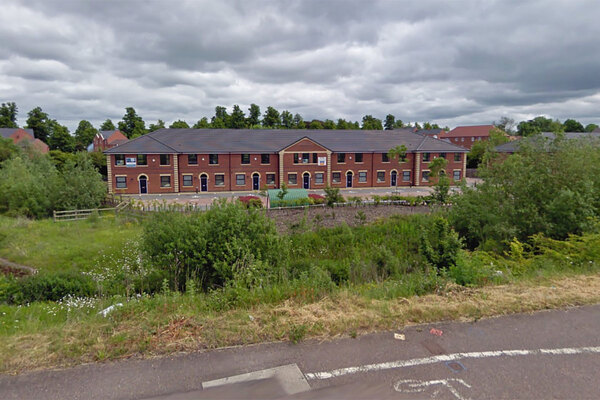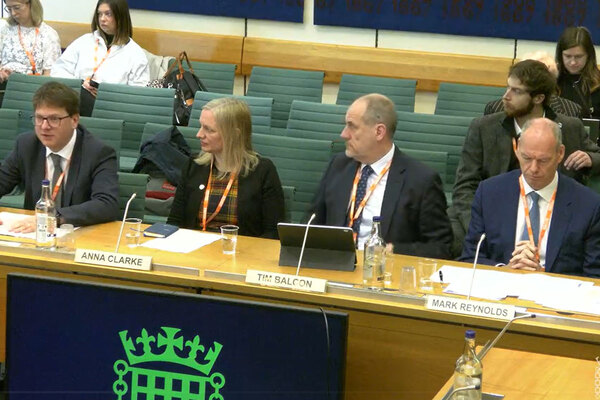
Lindsay Garratt is a partner at Winckworth Sherwood
Uncertainty is at the heart of Britain’s housebuilding problem
Amid regulatory changes and the looming general election, it is no surprise that housing providers are treading cautiously on building, writes Lindsay Garratt
2023 was one of the most challenging years for housing delivery on record.
November saw a further sharp decline in housing activity, continuing a trend seen throughout the year and against a backdrop where the number of starts is at its lowest level in nearly 15 years.
Getting the industry back on track requires not just picking up the pipeline, but accelerating it – because under-delivery is now so great. However, with the housing sector facing a precarious future due to a range of pressures, the chances of meeting this target remain unlikely for many years to come.
High interest rates, the cost of finance, material prices and labour shortages have undoubtedly played their part in causing this slowdown. However, a lack of certainty around a series of key policy decisions and the potential for new levies brings further risks to the viability of new developments.
The Levelling Up and Regeneration Act (LURA) was designed to provide some much-needed clarity and efficiency to the planning system, but various amendments made during its passage through parliament have created unwelcome layers of complexity, bureaucracy and burden. Rising building safety standards and the introduction of new levies – while well intentioned – are slowing things down further.
In this climate, many registered providers (RPs) have stalled their new development pipeline while others are having to rethink recently agreed schemes to ensure they meet changing regulations including fire safety. This is impacting costs and their ability to deliver the social housing that Britain so urgently needs.
“Getting the industry back on track requires not just picking up the pipeline, but accelerating it – because under-delivery is now so great”
RPs are facing their own intense pressures with significant improvements needed to existing stock coming together with challenges including zero carbon commitments, rent caps and falling grant funding. It’s important that the government recognises this, at the very least, by providing a clear regulatory framework that facilitates the delivery of new homes and brownfield development. By contrast, what we find at the moment is that a series of new pieces of proposed legislation and guidance are in limbo.
The current systems of Section 106 and the Community Infrastructure Levy (CIL) are by no means perfect, but RPs are used to them and understand how they impact viability considerations. The proposed Infrastructure Levy, which the LURA legislates for, presents a significant shift away from the status quo. However, after lots of noise in March when it was initially proposed, little detail as to how providers can prepare for this change has since followed.
Ambiguity extends to other areas of housing regulation, too. New definitions of ‘beauty’ remain vague and have been cause for much confusion in the industry.
Uncertainty relating to next year’s general election is inevitably now compounding the current state of paralysis within the housing sector. Ambiguity over housing targets and the delayed publication of changes to the National Planning Policy Framework casts doubt on the support for the industry by the current government.
In contrast, the Labour Party – currently enjoying a 21-point lead in some polls – has said it will recommit to targets and scrap plans for the Infrastructure Levy. With so much up in the air, providers can be forgiven for treading cautiously.
While the Infrastructure Levy remains on the drawing board for the Conservatives at least, other legislative requirements are in motion – but stalled. Having previously been delayed, the biodiversity net gain mandate will become law in January, meaning now is the time for RPs to get their heads around how this will impact upcoming projects about to enter the planning process.
The Building Safety Levy was also passed last year and while we are still awaiting final details on its implementation, RPs need to start focusing on how this will impact viability on future schemes.
“Rising building safety standards and the introduction of new levies – while well intentioned – are slowing things down further”
Agility will also remain important as plans for future projects are laid out. With the two main parties seemingly divided on housing policy, it is imperative that providers keep an eye on conversations during upcoming local and general election campaigns. This will put them in a position to react to a wide range of potential policy proposals and ensure they are factoring them in to any forward plans.
Maintaining strong relationships and partnerships with local authorities will also remain important as providers weather the storm. They too are facing their own unique set of resourcing and funding challenges and remaining considerate of these will go far in nurturing a positive relationship, keeping open lines of communication, and ensuring RPs are kept well informed of how they plan to deal with new regulations.
Social housing development is facing a range of market pressures that is stifling delivery at a time when this country needs it most. It’s important that the government is sympathetic to these challenges, and introduces a policy framework that supports – rather than hinders – housing delivery.
Lindsay Garratt, partner, Winckworth Sherwood
Sign up for our development and finance newsletter
Already have an account? Click here to manage your newsletters



